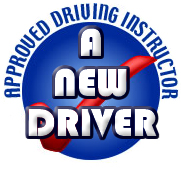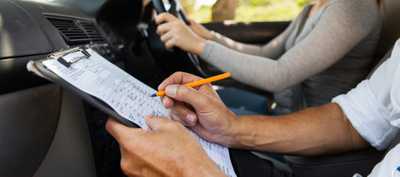DRIVING LESSON SUGGESTIONS
Get in equipment: your first time in the driving seat
You have actually been studying, and now it’s time to put what you’ve discovered into practice behind the wheel. Scheduling your very first driving lesson is exciting, however it might not take too long for the nerves to creep in. Let’s have a look at a couple of things you can do to help keep you calm, cool and gathered as you learn how to drive.
How to prepare for your very first driving lesson
Review the Highway Code – not just will it assist you when it concerns taking your theory test, it’ll keep the rules and guidelines of the roadway fresh in your mind.
Pick out a practical attire. Try to wear something comfortable that you can move around in and prevent any limiting clothes and footwear. High heels and flip flops, in particular, aren’t perfect when driving.
Remember your provisionary licence – your trainer will inspect that you have it. You can’t legally be behind the wheel without one so it’s an outright must for your very first driving lesson. You might likewise be asked for your check code, so your instructor can check your online licence counterpart.
Make certain you’re fit to drive. If you require them, avoid consuming the night before and keep in mind to bring your glasses or contact lenses.
Pass your test with us
Driving SchoolDriving Test Ireland
What do you do on your first driving lesson?
Will I drive immediately?
Don’t stress – you won’t get in the driving seat straight away. First, your trainer will drive you to a peaceful roadway where you’ll discover all the principles of the automobile controls. This includes the gears, the pedals, and what’s referred to as the cockpit drill.
What’s a cockpit drill?
This is a workout that all drivers must perform when they get in the car, and it’s normally among the first things you’re taught. The cockpit drill (frequently referred to as the DSSSM regimen) consists of examining your doors, seat, steering, seat belt and mirrors:
- Doors– check all doors are closed and protected before starting your engine.
- Seat and steering– adjust your seating so that the controls are within easy reach and you have a clear view of the road. You must likewise adjust your headrest to prevent whiplash if you remain in an accident.
- Seatbelt– make sure you and your passengers are buckled in.
- Mirrors– position your mirrors to reduce your blind spots.
How do I move off?
When it pertains to the big moment– taking control of the vehicle– you’ll have to move the cars and truck off and show that you can safely do the ‘Prepare, Observe, Move’ regular:
Prepare – getting the car ready to pull away when the roadway is clear
- Press and hold the clutch down with your left foot.
- Select initially equipment.
- Press the gas pedal down with your best foot up until you’re at about 1500-2000 rpm.
- Bring the clutch up slowly until you find the biting point.
- Be ready to launch the handbrake at the correct time.
Observe– revealing your trainer that you understand your surroundings
- Examine all around the cars and truck looking for anything that may affect your driving plan.
- Examine both shoulders.
When you’re safe to go, move– confidently moving the vehicle off
- Release the handbrake.
- Launch the clutch slowly while carefully putting your foot down on the gas pedal.
- Reduce up on the gas and control the speed of the car using the clutch pedal if you find you begin to move off too fast.
- Re-check your mirrors and blind spots and move your automobile to the typical driving position.
What if I slip up?
It’s typical to be anxious when you’re discovering to drive – and you’re not expected to master everything straight away. Driving is something you get better at with time and practice. Even motorists who’ve been on the road for many years are still improving. Don’t worry about making an error – your trainer’s seen it all previously.
In the (not likely) case of something failing, rest assured that your instructor can control the automobile. All professional driving schools use dual regulated automobiles, which implies your trainer can step in if you need some help.
Scheduling your very first driving lesson is amazing, however it may not take too long for the nerves to sneak in. You can’t legally be behind the wheel without one so it’s an outright should for your first driving lesson. Your instructor will drive you to a quiet roadway where you’ll find out all the principles of the vehicle controls. It’s normal to be nervous when you’re discovering to drive – and you’re not expected to master everything directly away. Driving is something you get better at with time and practice.
Related Articles
[page-generator-pro-related-links group_id=”1597″ post_status=”publish” output_type=”list_links” limit=”6″ columns=”2″ link_featured_image=”0″ orderby=”rand” order=”asc”]
Learn More

